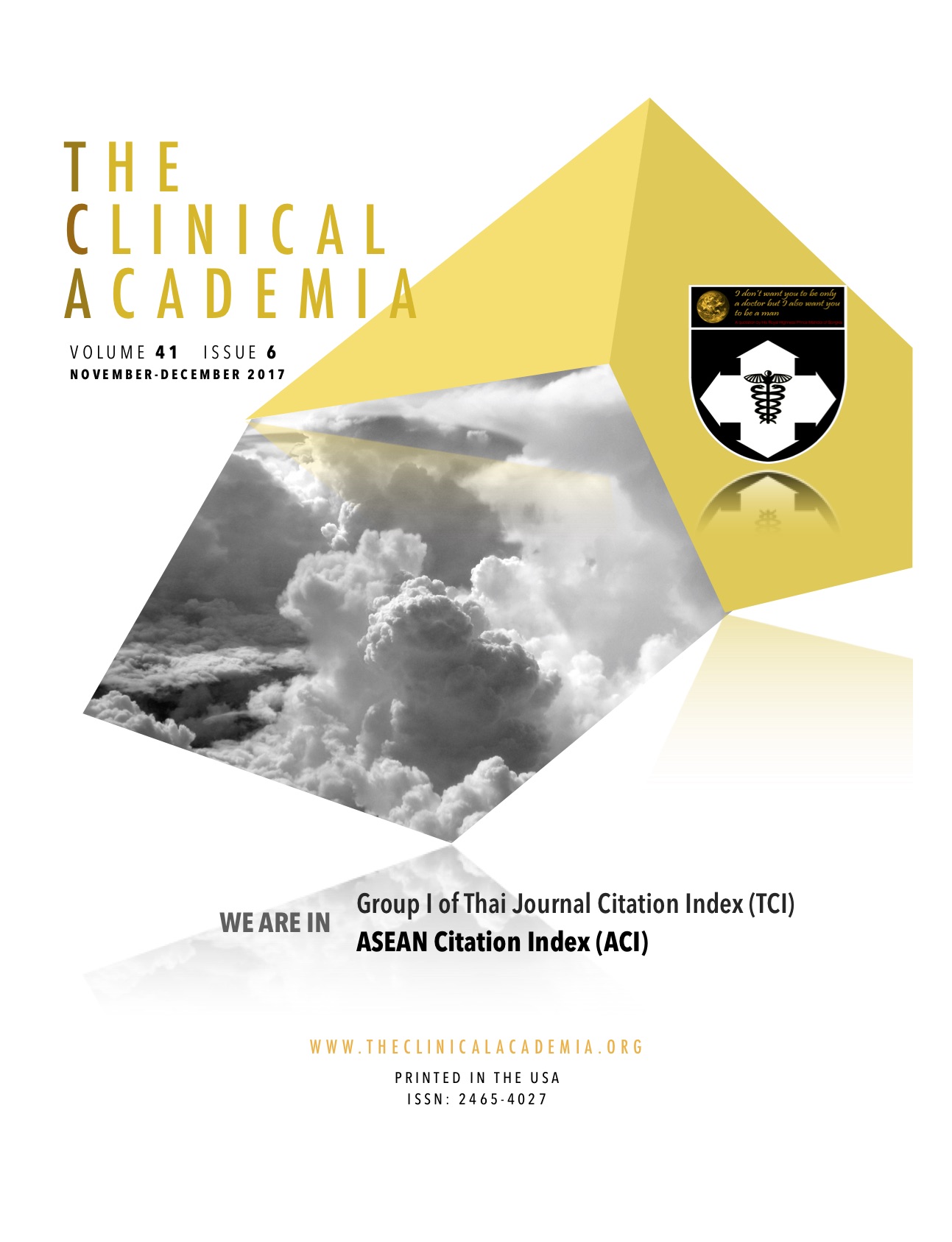Glyburide and risk of melioidosis in type 2 diabetes: a case-control study
Abstract
OBJECTIVE
To identify the association between glyburide and risk of melioidosis in patients with type 2 diabetes.
METHODS
We performed a case-control study of 68 case patients with preexisting type 2 diabetes and melioidosis infection and 359 control patients with preexisting type 2 diabetes without melioidosis to evaluate and compare the risk of melioidosis in type 2 diabetes of those with and without glyburide use. Logistic regression analysis was used for the case control comparison.
RESULTS
Patients who current user of glyburide had a non-significantly increased risk of melioidosis (crude odds ratio, 1.53; 95% confidence interval (CI), 0.89 to 2.63; further adjusted by sex, age, history of diabetic treatment and hypertension did not alter this result: adjusted odds ratio (AOR), 0.98; 95% CI, 0.48 to 2.02) but only hypertension was associated with lower risk of melioidosis (AOR, 0.30; 95% CI, 0.17 to 0.53). In the subgroup analysis, we found no significant association between glyburide, other sulfonylureas, metformin, insulin and first diagnosis of melioidosis. Moreover, we also found that chronic kidney disease was significantly associated with lower risk melioidosis.
CONCLUSION
We concluded that glyburide use was not associated with the risk of developing melioidosis among type 2 diabetic patients and we did not found an association between other antidiabetic drugs and risk of melioidosis as well.



